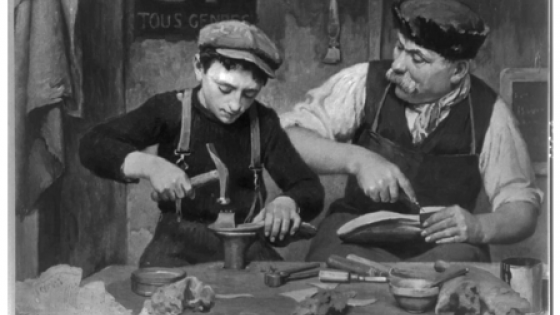DP18589 Guilds and Growth: Evidence from the Free City
Guilds were among the most widespread labor-market institutions in European history. But whether their monopoly and monopsony powers served to retard or foster economic development remains a matter of great debate. To identify the effect of guilds on economic development, we use a quasi-natural experiment: in 18th-century Sweden, guilds were abolished in a single city - the Free City - while they remained intact in other cities for more than half a century. The abolition of guilds in the Free City led to a sharp acceleration in growth and structural transformation relative to a synthetic counterfactual. A century later during Sweden's industrial take-off, the Free City was among the most rapidly industrialising cities due to its early accumulation of mechanical skills. These findings reveal the negative growth effects of guilds and shed light on the link between barriers to entry in the labor market and economic development in both the short and long run.

